Long Island Rail Road (The LIRR)
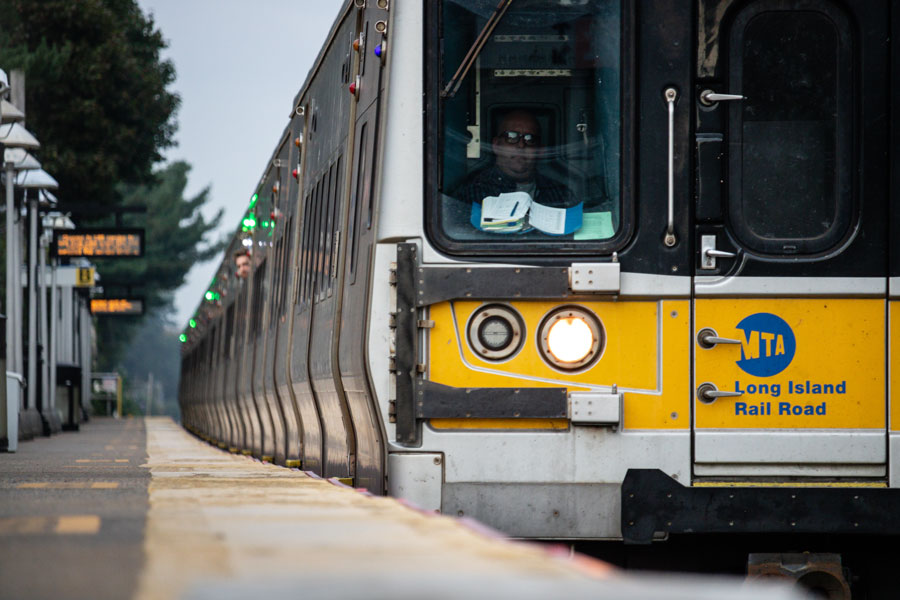
The Long Island Rail Road (LIRR) is the oldest continuously operating railroad in the United States and one of the busiest commuter rail systems in North America. Owned and operated by the Metropolitan Transportation Authority (MTA), the LIRR connects Long Island’s towns and suburbs to New York City, playing a vital role in daily commuting, regional travel, and economic activity.
Whether you’re commuting to Manhattan, heading to the beach, or exploring Long Island’s downtowns, the LIRR is an indispensable transit system for both residents and visitors.
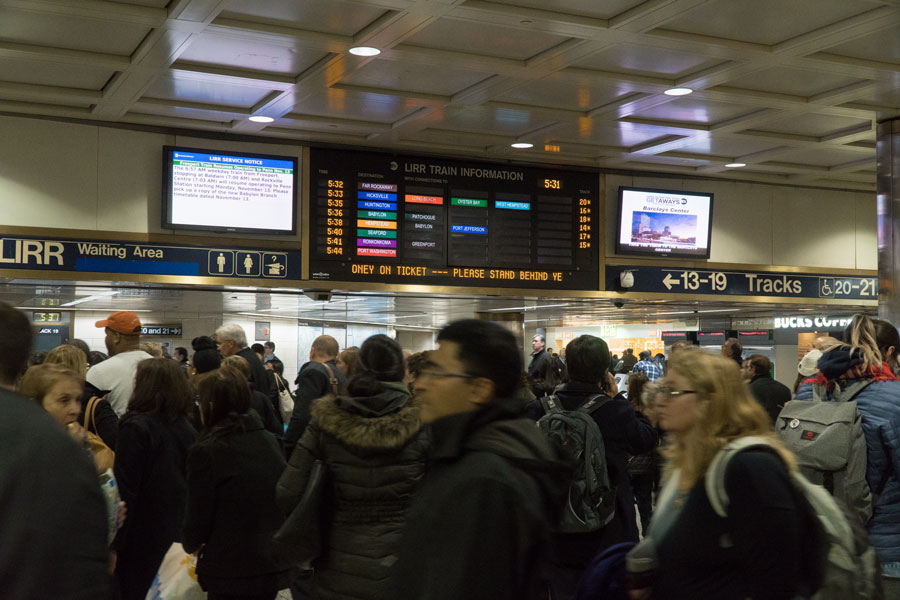
Overview and Reach
- Total Track Mileage: Over 700 miles
- Number of Stations: 124 stations
- Daily Ridership: Approximately 200,000 passengers (as of 2024)
- Service Area: From Penn Station and Grand Central Madison in Manhattan to Montauk, Greenport, and everything in between
The LIRR offers 11 branches, covering Nassau and Suffolk counties extensively, with numerous connections to NYC subway lines, buses, and Amtrak.
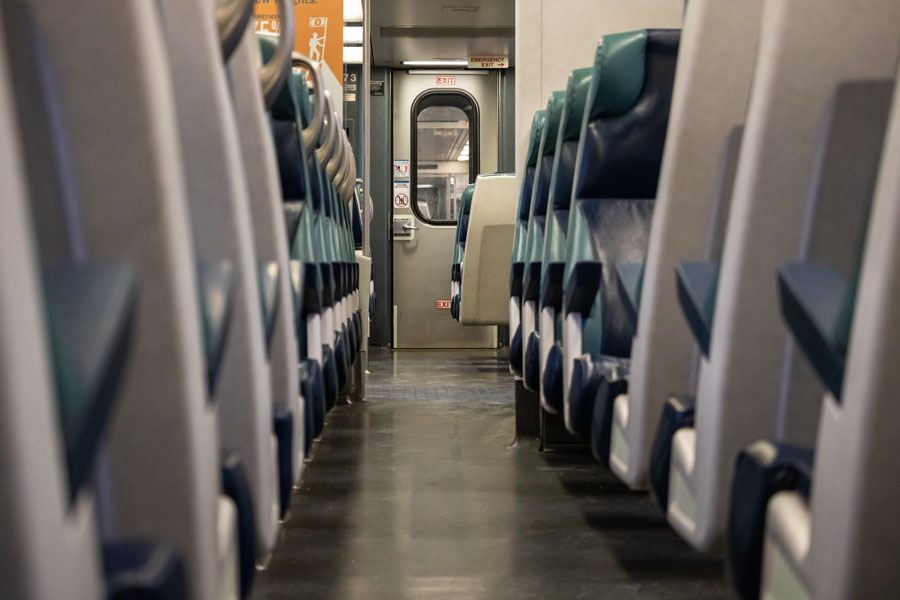
Major Terminals and Hubs
- Penn Station (Manhattan): Long Island’s historic connection to NYC’s west side
- Grand Central Madison (Manhattan): Newly opened east-side terminal beneath Grand Central Terminal (2023)
- Atlantic Terminal (Brooklyn): Major hub with access to the NYC subway
- Jamaica Station (Queens): The central transfer point for most LIRR lines
- Ronkonkoma, Hicksville, Babylon, Mineola: Key Long Island transfer stations
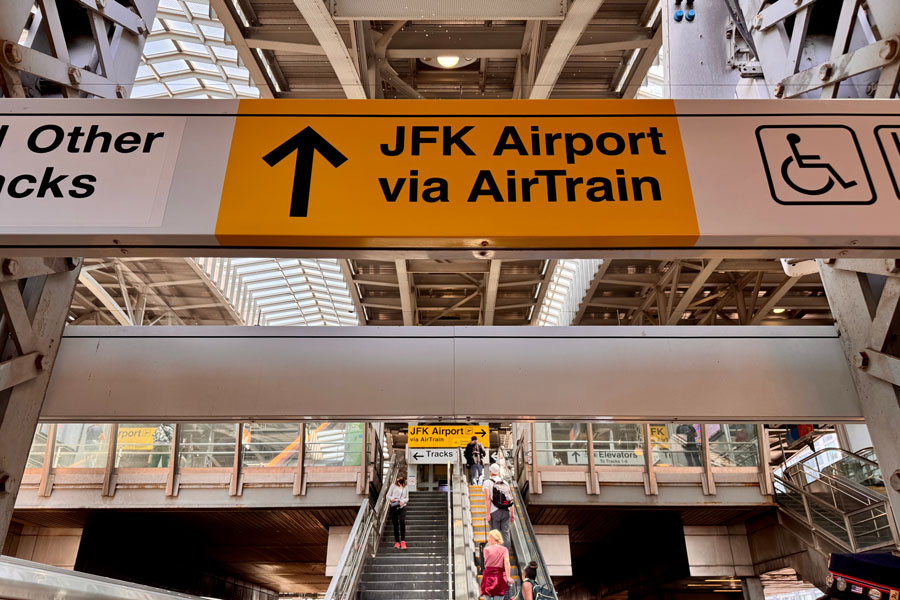
Branches of the LIRR
| Branch | Route Highlights |
|---|---|
| Babylon Branch | High-frequency service to southern Nassau & Suffolk; connects to NYC via Babylon-Jamaica |
| Port Jefferson Branch | Northern Nassau to central Suffolk via Huntington, Stony Brook |
| Ronkonkoma Branch | Fastest central Suffolk access; main hub at Ronkonkoma |
| Montauk Branch | Scenic eastern route to the Hamptons and Montauk |
| Oyster Bay Branch | Historic North Shore towns like Locust Valley, Oyster Bay |
| Long Beach Branch | Direct link to Long Beach; popular for beach trips |
| Hempstead Branch | Dense service to central Nassau communities |
| Far Rockaway Branch | Serves Nassau’s Five Towns and connects to Queens |
| West Hempstead Branch | Shorter route with service to western Nassau |
| City Terminal Zone | Includes Manhattan and Brooklyn terminals |
| Greenport Branch | Seasonal eastern Suffolk branch with limited service to North Fork |
Frequency and Schedule
- Peak hours (weekdays): Trains every 15–30 minutes on core branches
- Off-peak/weekends: Service every 30–60 minutes, depending on route
- Overnight service: Available on some lines (e.g., Babylon, Port Washington)
Schedules are accessible on the MTA TrainTime app, at station kiosks, or online at mta.info.
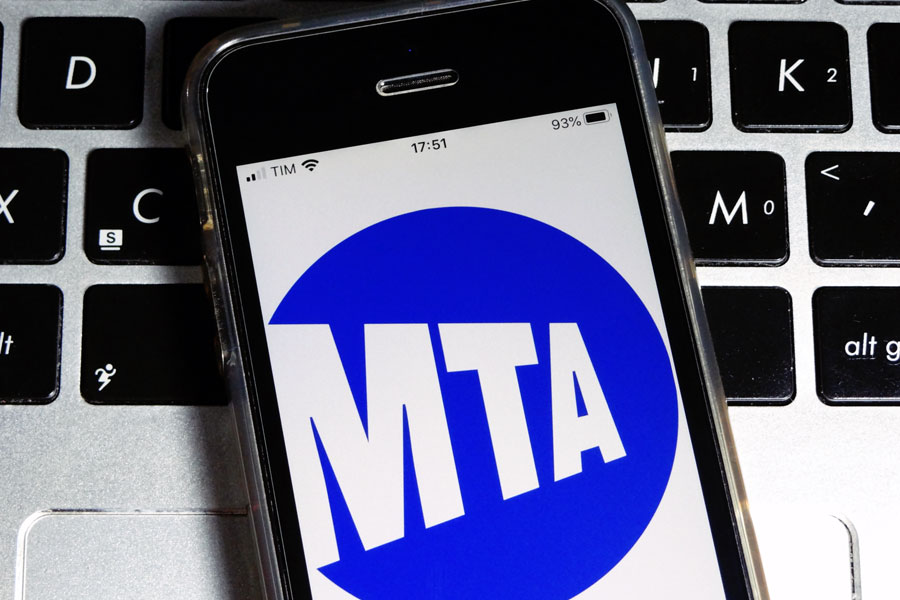
Tickets & Fare Options
- TrainTime App: Purchase, store, and activate tickets digitally
- Ticket Machines: Available at most stations
- Onboard Purchase: Available with surcharge (cashless)
- Fare Types:
- Peak / Off-Peak
- Monthly, Weekly, Daily
- Reduced Fare for seniors, people with disabilities, Medicare recipients
- CityTicket: Discounted fares for NYC-only trips on weekends
- Atlantic Ticket: Discount for travel between Brooklyn and select Queens/L.I. stations
Pro Tip: Monthly passes include MetroCard options for subway transfers.
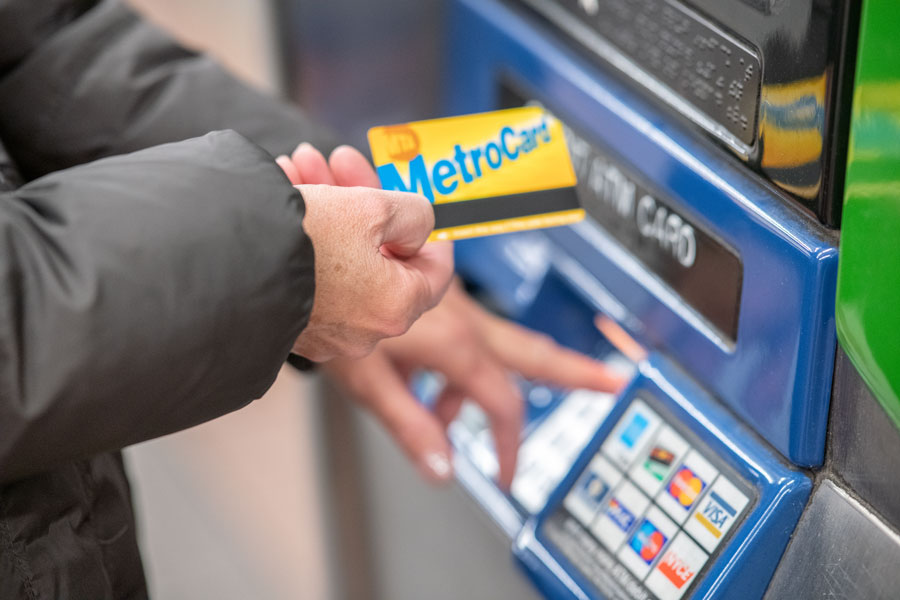
Accessibility & Features
- ADA Accessibility: Increasing number of stations have elevators, ramps, tactile surfaces
- Wi-Fi & USB charging: Available on newer trains
- Quiet Cars: Designated cars on select rush hour trains
- Bikes: Permitted outside peak hours with permit
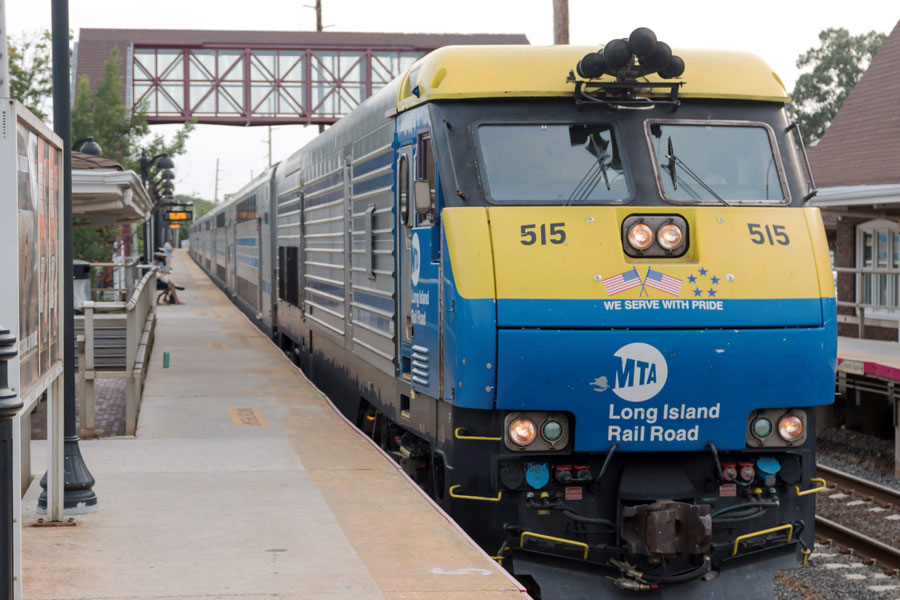
Grand Central Madison: A Major New Link
Opened in early 2023, Grand Central Madison is a modern terminal beneath Grand Central Terminal, providing LIRR access to Manhattan’s east side for the first time. This new option has:
- Reduced crowding at Penn Station
- Cut travel times for eastern Long Island commuters
- Introduced direct rides from Queens, Nassau, and Suffolk to the East Midtown business district
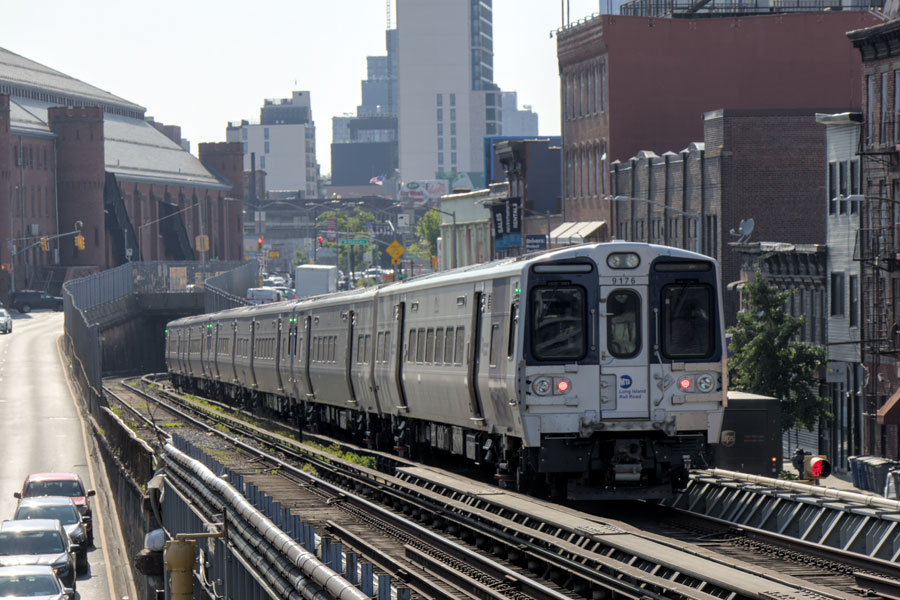
Popular Destinations via LIRR
- Beaches: Long Beach, Jones Beach (via bus from Freeport), Fire Island (via Patchogue)
- Events: Belmont Park, UBS Arena (Elmont station), Citi Field, Arthur Ashe Stadium
- Hamptons & Montauk: Montauk branch offers scenic access, especially in summer
- Downtowns & Villages: Port Jefferson, Huntington, Patchogue, Rockville Centre, Babylon
Service Alerts and Real-Time Tracking
Stay updated via:
- MTA TrainTime app (real-time train locations, platform info)
- Twitter/X: @LIRR
- Station displays and announcements
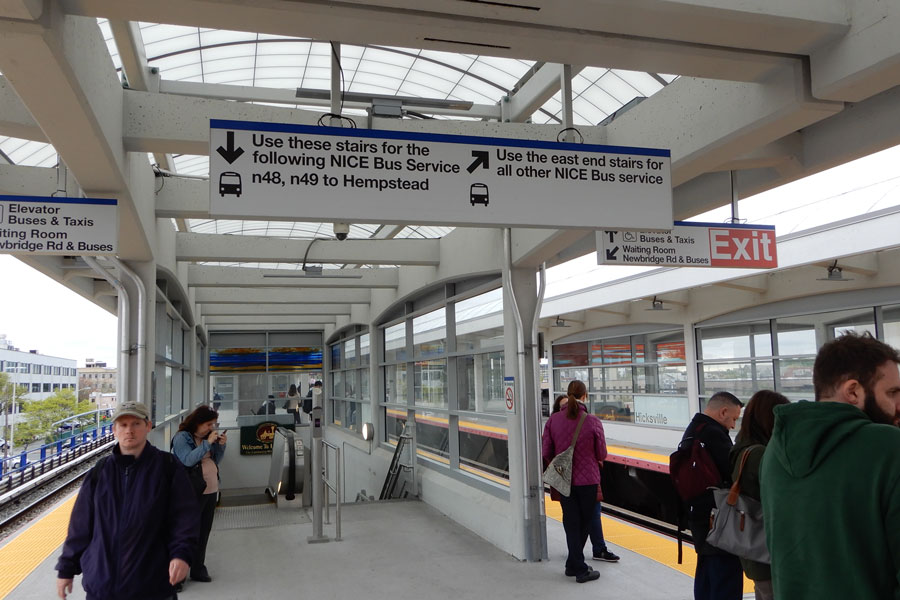
LIRR’s Role in Long Island Life
- Economic Engine: Moves hundreds of thousands of workers daily
- Environmental Impact: Reduces car usage and congestion
- Tourism Gateway: Connects NYC tourists with Long Island’s cultural and natural attractions
- Development Driver: Transit-oriented developments (TODs) are transforming downtown areas across the Island
Summary Snapshot
| Feature | Detail |
|---|---|
| Founded | 1834 (oldest U.S. railroad still operating under original name) |
| Owner/Operator | MTA (Metropolitan Transportation Authority) |
| Daily Ridership | ~200,000 |
| Branches | 11 |
| Number of Stations | 124 |
| Major Terminals | Penn Station, Grand Central Madison, Atlantic Terminal |
| Real-Time App | MTA TrainTime |
| Website | https://www.mta.info |
Whether you’re a daily commuter heading into Manhattan, a visitor planning a weekend trip to the Hamptons, or someone exploring Long Island’s beaches, parks, and towns, the Long Island Rail Road remains the most reliable and convenient way to get around. With its extensive network of branches, frequent service, and connections to subways, buses, and airports, the LIRR is more than just a transit system – it’s the gateway that keeps Long Island moving and connected to the heart of New York City.

